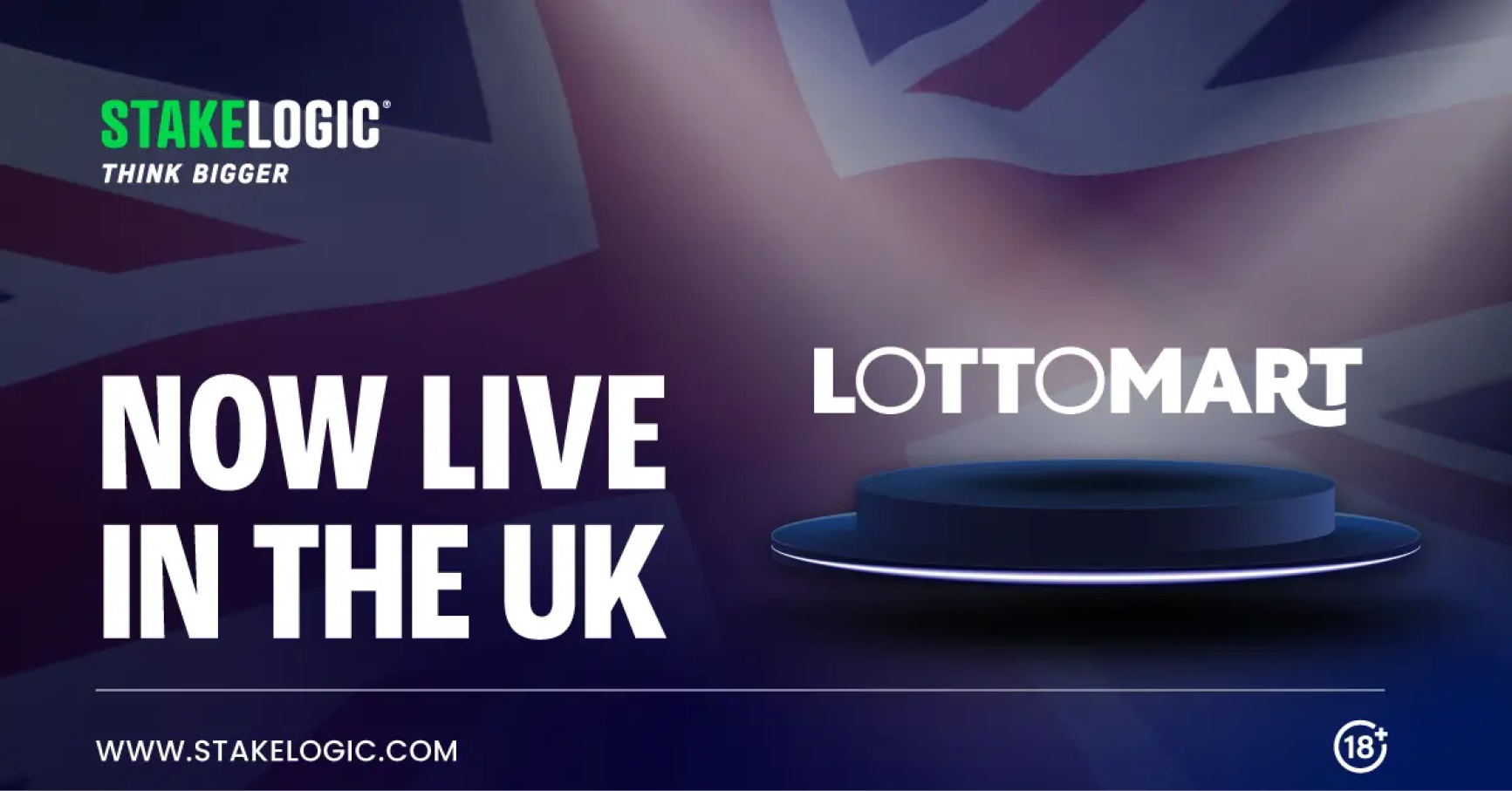NFL
What a list of football’s 50 most valuable clubs tells us about the global state of the sport

A top 50. Usually the preserve of music charts, NFL draft pundits’ big boards or TripAdvisor restaurant guides. They are less common in football.
What is common in football is talking about money — this season’s Premier League, for example, has almost been as influenced by financial fair play (FFP) regulations as it has by the play itself.
Sports-business analysis website Sportico has released a list of what it says are the sport’s 50 most valuable clubs — calculating revenue streams based on figures published by club accounts, before then using “team-specific multipliers”.
These multipliers are “based on multiple factors, including: historical sales, market (size, saturation and interest by prospective owners), strength of brand, on-field performance (historical and recent), terms of facility lease, debt burden and additional obligations, as well as expected future team and league economics”.
Business magazine Forbes also provides a similar catalogue — the Forbes Football Rich List.
Football is large and contains multitudes, such as culture, politics, and romance. But it is also a business.
This, then, is what Sportico’s top 50 tells us about the state of the game worldwide.
MLS is rapidly growing in value
Which league has the most representatives in the top 50? The Premier League would be the obvious guess.
But 20 clubs in Sportico’s list are from Major League Soccer (MLS) — just under 70 per cent of the entire league.
Los Angeles FC ($1.15bn) are the highest-ranked MLS club at 15th, but Atlanta United, Inter Miami, LA Galaxy and New York City FC all make the top 20, too.
While big-city sides from the North American league are towards the top of the list, smaller markets are also represented in a boon to MLS’ development — the likes of Austin FC (21st), Portland Timbers (30th), Columbus Crew (37th), FC Cincinnati (38th), and Nashville SC (40th).

Los Angeles FC supporters celebrate a goal last month (Harry How/Getty Images)
There may be confusion over this.
The majority of those clubs are not household names in Europe, the way Premier League teams are among the sport’s fans in the United States. Revenues in MLS are low, its clubs do not often turn a profit, and they do not have access to UEFA’s lucrative prize pot for those competing in its continent-wide competitions.
But the valuations take into account an asset’s long-term potential — and MLS clubs are positioned far better than many mid-table European counterparts.
For one thing, the absence of relegation in the MLS model gives its teams a higher income floor — while the league’s cost-control measures, together with existing, modern stadiums, means they have the structure to one day maximise revenues. This year, season-ticket sales and revenue grew by 15 per cent and 25 per cent respectively.
Interest is growing — high-profile player arrivals, headlined by Lionel Messi joining Inter Miami, have boosted the league’s global profile, with MLS also signing a lucrative 10-year broadcasting deal with Apple in 2022.
The impending co-hosting of the World Cup in 2026 is another boost on the horizon. Mexico, another of that tournament’s co-hosts (Canada is the third), has three clubs represented — Club America (25th), Guadalajara (31st) and Monterrey (48th).

Lionel Messi’s move to MLS has benefited the entire league (Maddie Meyer/Getty Images)
American ownership stands superior
Aaron Sorkin’s 2012 TV drama series The Newsroom began with a famous, if controversial, monologue.
Asked to explain why America was the greatest country in the world, Jeff Daniels’ main character broke into an impassioned rebuttal of that statement.
“We’re seventh in literacy, 27th in math, 22nd in science, 49th in life expectancy, 178th in infant mortality, third in median household income, number four in labor force, and number four in exports,” he rails. “We lead the world in only three categories: number of incarcerated citizens per capita, number of adults who believe angels are real, and defense spending.”
Perhaps it’s time to add another category to those three — football club ownership.
On top of 19 MLS clubs (a 20th team on the list, Toronto FC, are Canadian-owned), a further eight clubs among the 50 are at least part-owned by American individuals or companies, including Manchester United (first), Liverpool (fourth), Arsenal (eighth), Chelsea (10th), AC Milan (14th), Lyon (23rd) and Roma (24th).
That is a total of 27 — over half the list.

Liverpool have won both the Premier League and Champions League under American ownership (Clive Mason/Getty Images)
In the Premier League, it is not beyond the realms of possibility that 14 of its 20 clubs — the number needed to secure a decision-making majority, could be American-owned in the next two years. Nine are already — with Ipswich set to make it 10 next season after they secured promotion last weekend, though Burnley may be relegated. Everton being taken over by 777 Partners would make another, while half of the four play-offs teams — West Bromwich Albion and Leeds United — are another two. Brentford are up for sale currently as well.

GO DEEPER
Flying high or facing relegation? How each EFL club to have seen U.S. investment is getting on
The direction of travel is clear. Football — the global sport — is increasingly becoming an American sport.
The Premier League is still top dog in Europe
After the 20 teams from MLS, the next most-represented league is, unsurprisingly, the Premier League with nine clubs: Manchester United, Liverpool, Manchester City (sixth), Arsenal, Tottenham Hotspur (ninth), Chelsea, West Ham United (27th), Newcastle United (32nd) and Aston Villa (44th).
Italy’s Serie A has six clubs included — Juventus (11th), Milan, Inter Milan (16th), Roma, Napoli (33rd) and Atalanta (45th) — although you’ll notice that none of them are in the top 10.

Germany has four — Bayern Munich (fifth), Borussia Dortmund (12th), RB Leipzig (43rd) and Eintracht Frankfurt (46th). But Bayer Leverkusen — who have already won the 2023-24 Bundesliga title and are five games away from an unbeaten treble, do not make the top 50.
Spain has three clubs (Real Madrid, second; Barcelona, third; Atletico Madrid, 13th), France two (Paris Saint-Germain, seventh; Lyon), and aside from Ajax of the Netherlands (26th) and Portugal’s Benfica (35th), no other European league is represented.

Leverkusen do not make Sportico’s top 50 (Alex Grimm/Getty Images)
Concern for top-heavy La Liga?
In the form of Madrid ($6.06billion) and Barcelona ($5.28bn), La Liga has two of the three most valuable football clubs on Earth. With Atletico sitting 13th ($1.62bn), the cumulative total of those three alone ($13bn) is bigger than any full league, except for the Premier League and MLS.
However, those are the only three La Liga clubs in the top 50 — fewer than Serie A and Germany’s Bundesliga — showing that for all its top-end talent, there is a significant competitive imbalance within the league. Spain’s TV revenue distribution is the most unequal of Europe’s top five leagues.
Though Girona, part of City Football Group, are second in the league with four games to go, they are nowhere near the top 50, having only been promoted to the top flight at the end of the 2021-22 season, and seem unlikely to prove regular sparring partners for the big three.

GO DEEPER
Real Madrid’s ‘dystopian’ dominance – Barcelona and La Liga rivals are way behind
Barcelona and the Madrid clubs mean the Spanish league will always have a sharp end — but the demise of fairly-recently successful sides Malaga (2012-13 Champions League quarter-finalists) and Deportivo La Coruna (semi-finalists in the same competition in 2003-04), both now playing in the regional third tier, shows how vulnerable some of the country’s clubs can be.
It is just one statistic, but La Liga’s stadium-fill figure is 83 per cent, compared to the Premier League’s 97 per cent, illustrating some of the issues hiding behind the top three.

El Clasico is La Liga’s big show, but are Madrid and Barca too dominant? (David Ramos/Getty Images)
Manchester United’s brand remains strong despite troubles
According to Sportico, Manchester United are valued at $6.2billion, over $140m more than Madrid, making them the most valuable football club in the world. Forbes, incidentally, places Madrid higher, as well as Barcelona — it hasn’t put United top since 2018.
United have struggled on the pitch since the departure of Sir Alex Ferguson as their manager — they are without a Premier League trophy since his final season of 2012-13, and are just eighth in the league table with three games to go, but their position in Sportico’s list shows just how strong their brand remains.
Though five clubs produce more revenue than United’s $778million (Madrid, Barcelona, Bayern, City, PSG), their global fanbase, position in the strongest league, and massive deal with Adidas all help their valuation.’
INEOS’ recent acquisition of 25 per cent of the club for $1.3billion would value the entire operation at over $5.2bn.
Everton’s troubles underscored
Everton have played more seasons of top-flight football than any other English club, are founder members of the Premier League, and are soon to move into a state-of-the-art dockside stadium.
Yet current owner Farhad Moshiri cannot find suitable buyers — and Everton’s failure to crack the top 50 underscores their difficulties.
A quick refresher.
Moshiri has agreed a deal worth some $685million (£548m at the current exchange rate) with Miami-based 777 Partners, but that looks set to collapse amid doubts over 777’s funding and accusations of fraud in a U.S. lawsuit.

GO DEEPER
777’s latest legal scrape must surely mark the end of its attempt to buy Everton
Sportico’s report values Everton at less than $550million — but Moshiri needs far more than that if he is to settle his debts, finance the remaining stadium costs and cover the club’s annual losses. There is effectively a gap of over $150m between what Moshiri needs and what any viable owner would be willing to pay — and that is why Everton could find themselves lurching towards administration.

Everton’s new stadium is nearing completion (Christopher Furlong/Getty Images)
West Ham are the Premier League’s ‘best of the rest’
In better news for Premier League clubs, one interesting question is: which of its members, outside the traditional ‘Big Six’, would be deemed most valuable?
The contenders? Both Villa and Newcastle have excellent stadiums, wealthy ownership, and are pushing for European football. Newcastle played in the Champions League this season, Villa look set to qualify for next season’s edition.

Brighton & Hove Albion, though in a slump on the pitch over the past month, recorded a profit of over £120million, are known as one of the Premier League’s best-run clubs and played in Europe this season.
However, Sportico says the Premier League’s best of the rest are West Ham United, apparently worth some $725million, compared to Newcastle’s $700m and Villa’s $600m.
Why? West Ham’s east London base gives them some obvious advantages when it comes to commercial revenue, with a huge market on their doorstep, while their deal for the stadium that hosted the 2012 Olympic Games is also extremely advantageous.

West Ham’s move to the London Stadium has been an undoubted success (Justin Setterfield/Getty Images)
State owners seeing a return on investment
When Newcastle were bought by a group led by Saudi Arabia’s Public Investment Fund (PIF) for £305million in October 2021, co-owner Amanda Staveley said: “It’s not sportswashing, it’s investment.”
That is highly debatable. But as an investment alone, Newcastle are rapidly making money. In just over two years, according to Sportico, the club have almost doubled in value to $700m.
This is not unique.
When Qatar Sports Investment completed its takeover of Paris Saint-Germain in 2011, the sum paid valued the French club at €100million. That valuation has since increased by 3,700 per cent — to $4.05billion.
In 2008, Manchester City were taken over by the Abu Dhabi United Group (ADUG), a private equity company with strong links to the United Arab Emirates’ government. ADUG insists the two are separate. The price ADUG paid was £200million. That has since increased to $4.75bn, a return of 1,800 per cent.
(Top photo: Oli Scarff/AFP via Getty Images)










